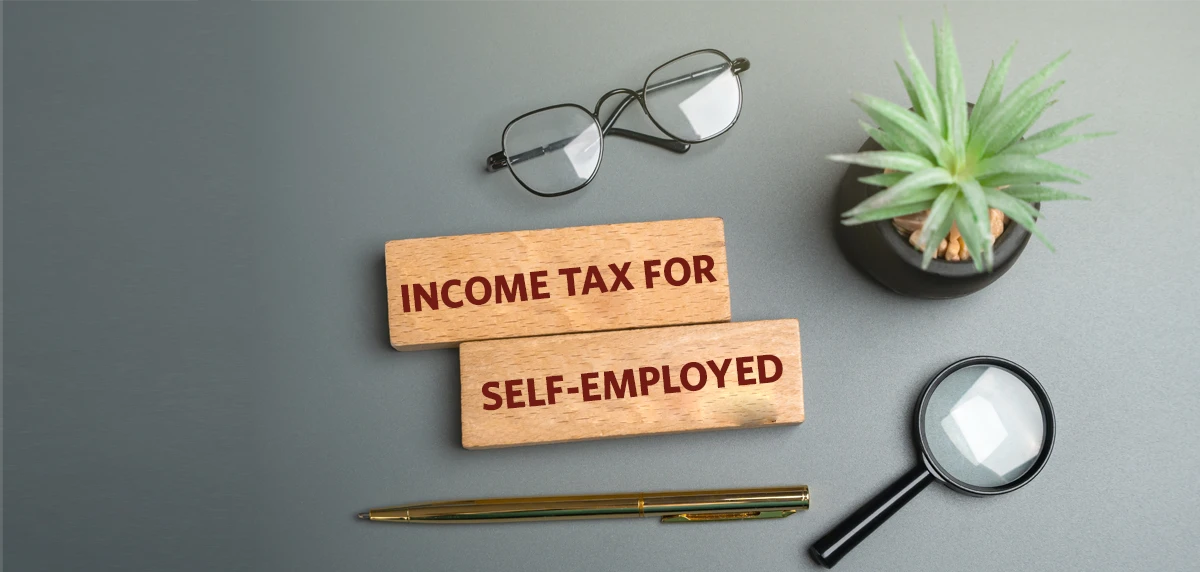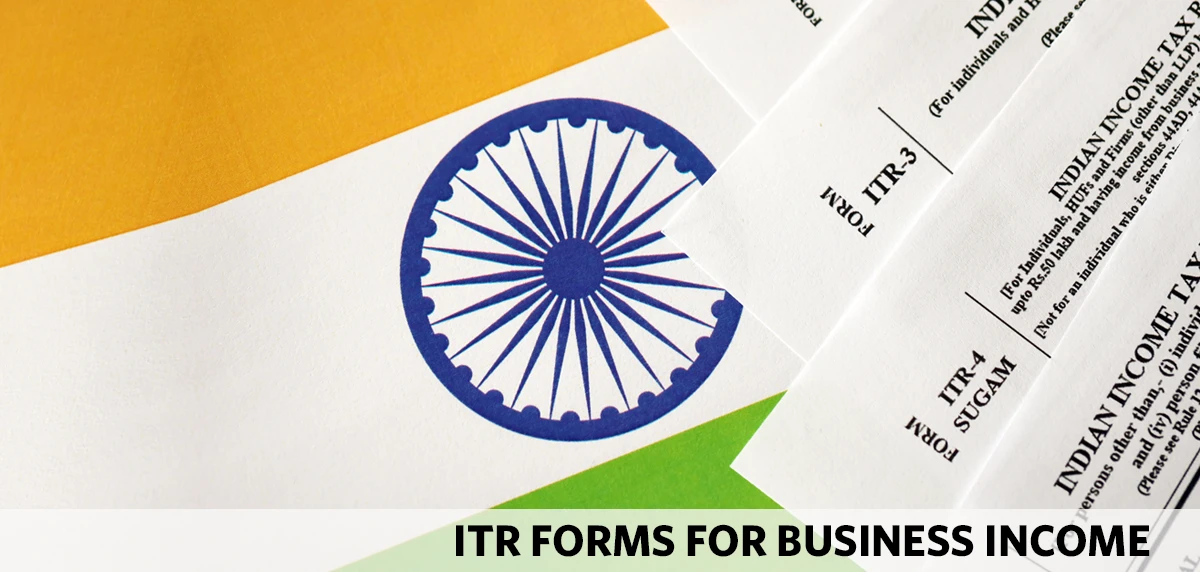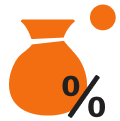For salaried people, paying income tax is more often than not the end of all their tax liabilities. They can use an income tax calculator to get tax liability estimates and take care of their overall financial planning. For example, if you have a life insurance policy and have opted for the old tax regime, you may be able to use the calculator to understand the exemptions you may earn against the premiums paid. But what about tax liabilities for businesses that are not taxed under GST but VAT?
You may know what tax is as you pay it on a regular basis, but if you have plans to begin a business, you should know what VAT is, as well.
What is VAT?
Value Added Tax, which is the full form of VAT, is a consumption tax levied on the value added to goods and services at each stage of production or distribution. After 2017, VAT is now applicable to only specific business. Unlike a sales tax, which is only charged at the final point of sale, VAT is collected incrementally, based on the value added at each stage of the supply chain. And unlike the tax exemption you can gain from your life insurance, which is a direct taxation benefit, VAT is a type of indirect taxation.
Key Principles of VAT
Multi-Stage Taxation:
VAT is charged at each stage of the production and distribution process, ensuring tax is paid on the value added at each point.
Input Tax Credit:
Businesses can claim credit for the VAT paid on their purchases (inputs), reducing the overall tax liability.
Final Consumer Bearing the Tax:
The final consumer bears the entire burden of VAT, as businesses pass the tax down the supply chain.
VAT Calculation
Value Added Tax (VAT) calculation involves determining the tax payable on the value added at each stage of production and distribution. Here’s a simple breakdown of the VAT tax calculation:
Determine Output VAT:
This is the VAT charged on sales. For example, if a product is sold for ₹1,000 and the VAT rate is 12%, the output VAT would be ₹120.
Determine Input VAT:
This is the VAT paid on purchases. For example, if the raw materials cost ₹500 and the VAT rate is 12%, the input VAT would be ₹60.
Subtract the input VAT from the output VAT:
In this case, the net VAT payable would be ₹120 - ₹60 = ₹60.
Benefits of VAT
Revenue Generation:
VAT is a significant source of revenue for governments, helping fund public services.
Transparency:
VAT provides transparency in the tax system, as it is charged at each stage of production and distribution.
Reduced Evasion:
The multi-stage nature of VAT makes it harder to evade, ensuring better compliance.
In India, VAT was a major source of revenue for state governments before the implementation of the Goods and Services Tax (GST) in 2017. GST has since subsumed VAT, streamlining indirect taxation in the country. However, understanding VAT remains important for historical knowledge and for transactions involving certain goods and services still subject to VAT.





















